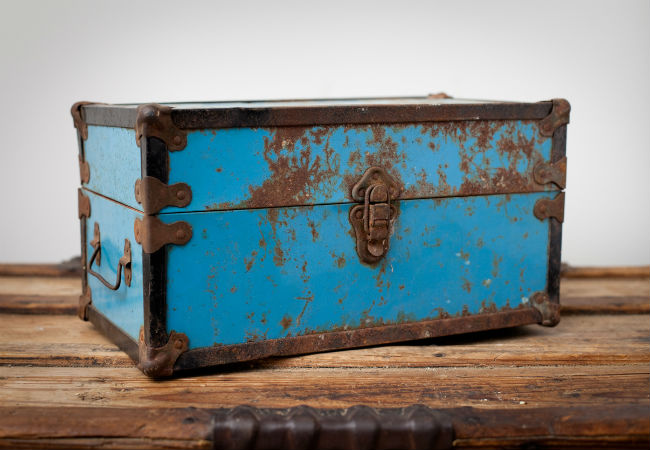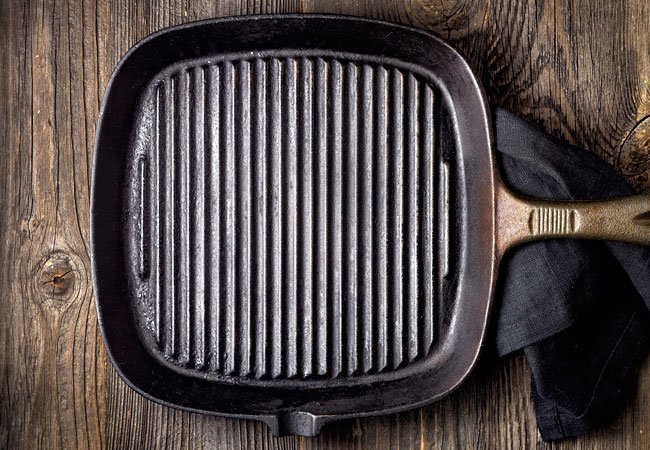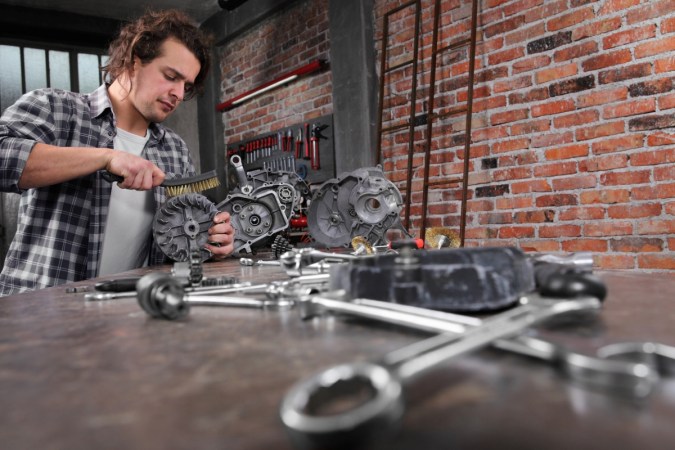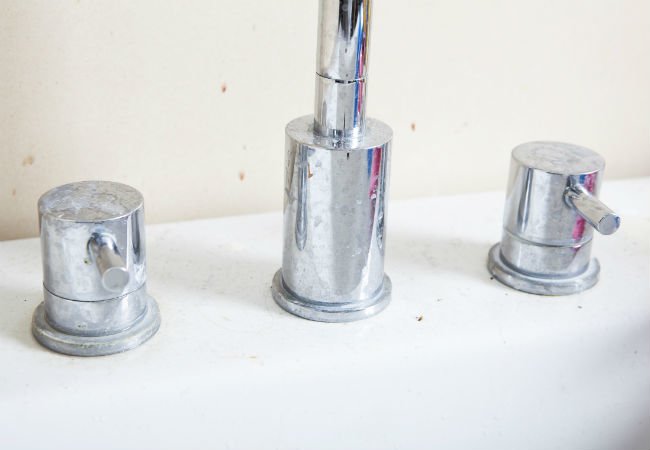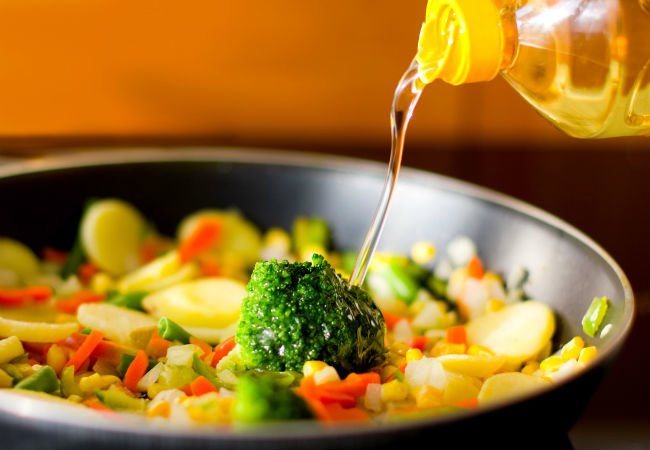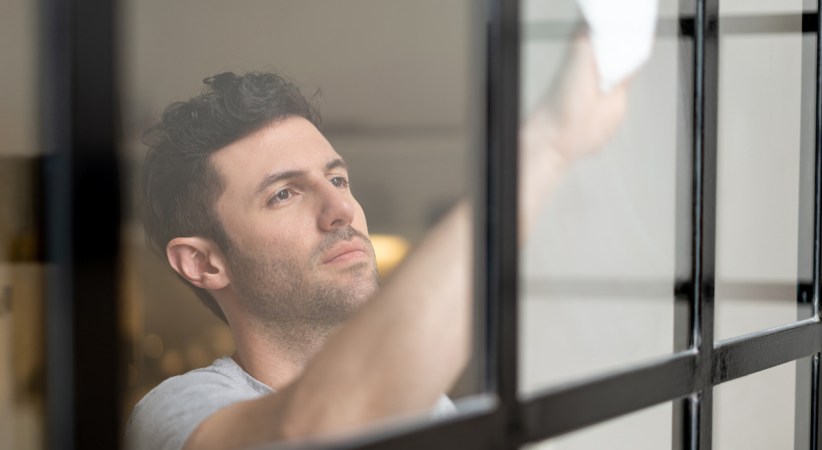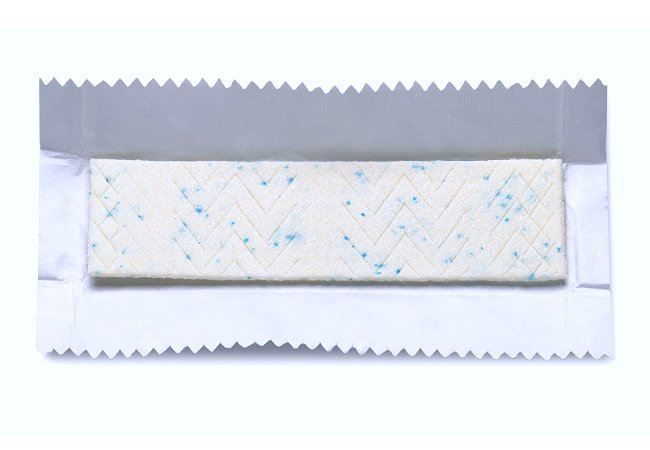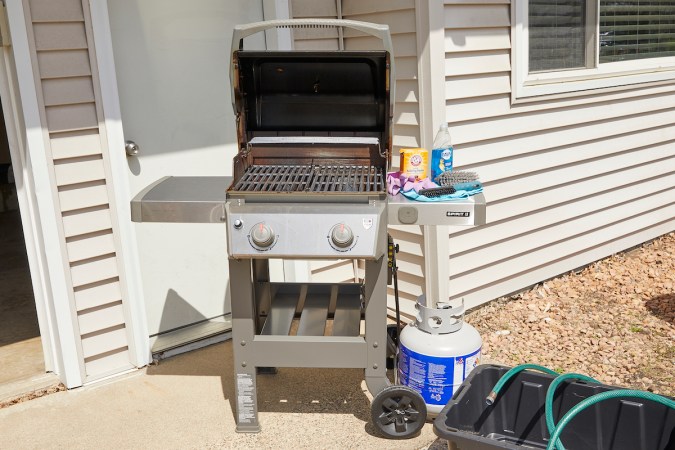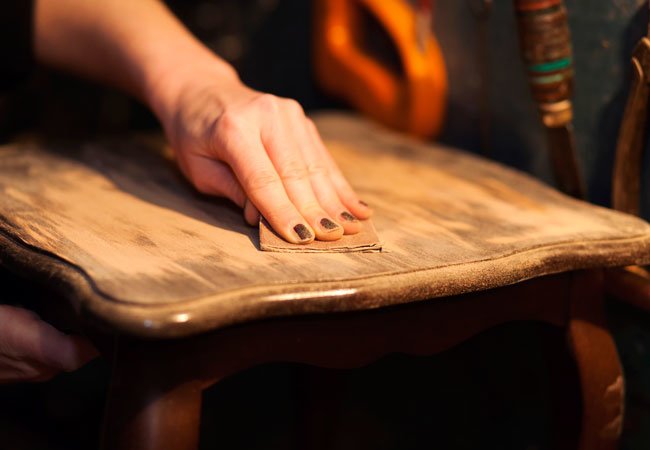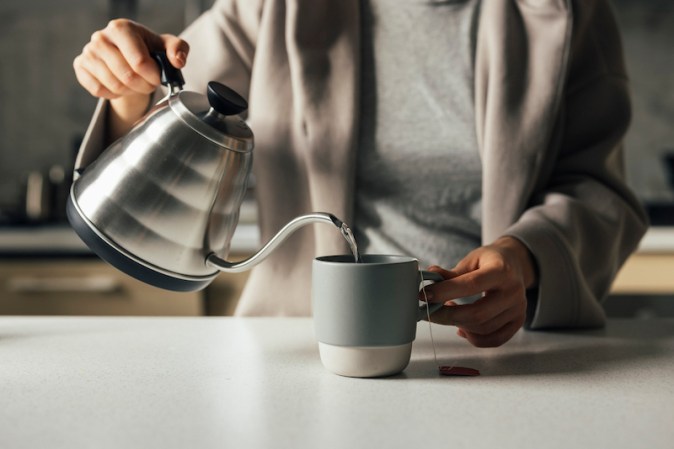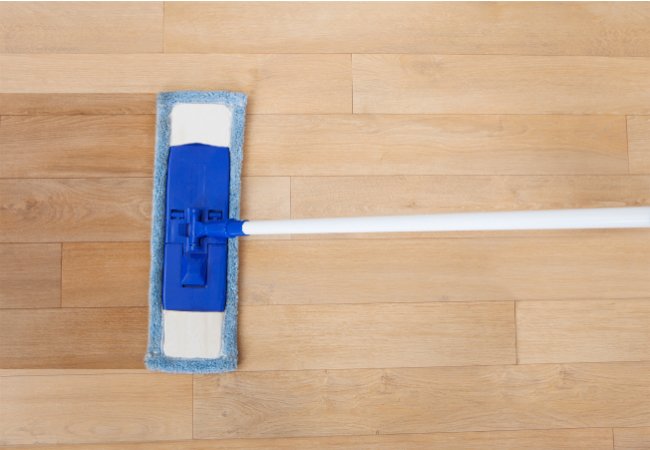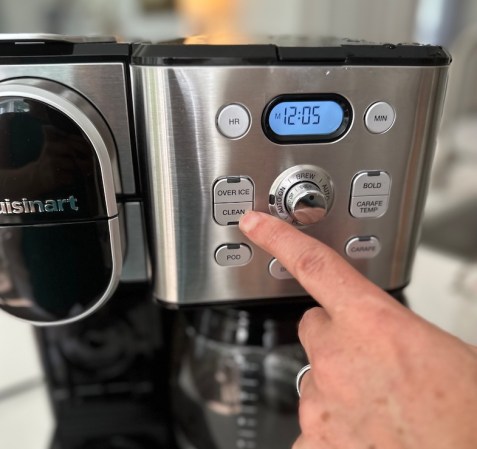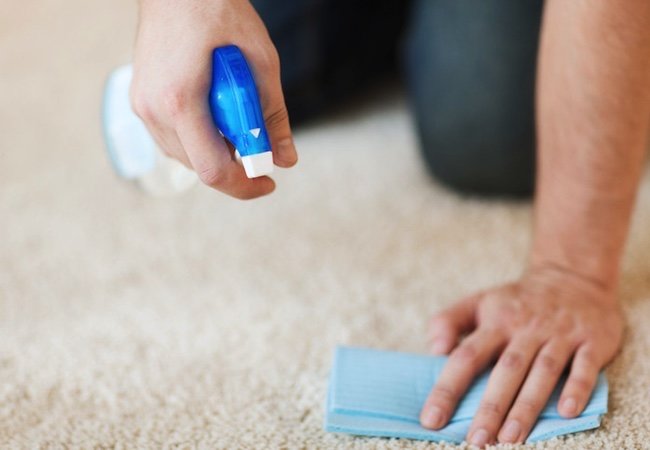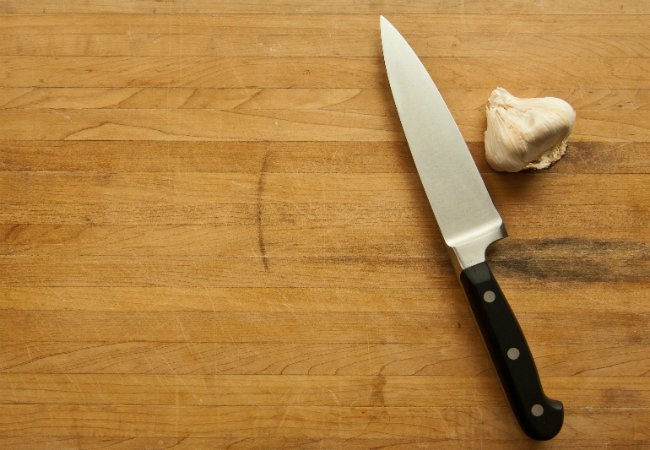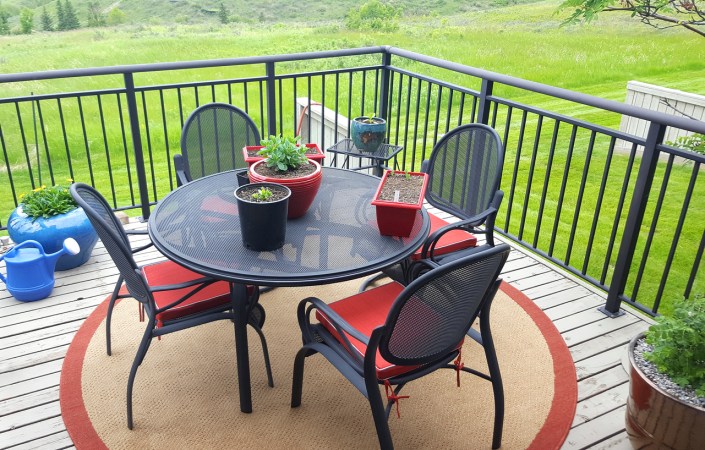We may earn revenue from the products available on this page and participate in affiliate programs. Learn More ›
You might recall from Chemistry 101 that only iron or iron alloys like steel can form rust when exposed to oxygen and moisture. But that doesn’t completely limit rust’s reach. In fact, when rust comes into contact with other materials that you wouldn’t expect to rust—your work clothes, concrete garage floor, or even the ceramic sink in the bathroom—it can leave behind nasty stains that generally don’t come off with soap and water alone.
Fortunately, relief from rust stains is close at hand, if you only know where to look. Read on for the strategies needed to remove rust stains from five not-all-that-uncommon places.
How to Remove Rust from Clothing
THE FIX: Lemon and salt
Sporting a rust stain on your favorite white shirt? You can blame a rusty laundry machine drum, a brush with a rusty railing, or sloughed off rust deposits inside old pipes that feed into your laundry room sink.
Whatever the cause, the simplest solution for removing the rust stains from your white clothing is a couple of fridge essentials that are tough on rust but gentle on cotton, polyester, and other relatively durable fabrics: lemon and salt.
- Rub a cut lemon half onto the stain until saturated to unleash the fruit’s rust-removing citric and ascorbic acid.
- Sprinkle a dash of table salt over the stain and work it into the fabric fibers with a soft cloth to help draw out the stain.
- Lay the garment out in direct sun (treated side face up) for two to three hours to fade the stain completely.
- Finally, machine wash and dry it as per usual to remove the lemon-salt residue and reveal rust-free, like-new threads!
Do note that, if using this technique on delicate fabrics like chiffon, you’ll want to avoid doing more harm than good by testing the lemon juice out on a small, inconspicuous area of the garment before applying it to any stains on visible areas of the garment.
Also keep in mind that, because lemon juice is a natural bleaching agent, this trick is best saved for your white duds that need to be returned to their original color.
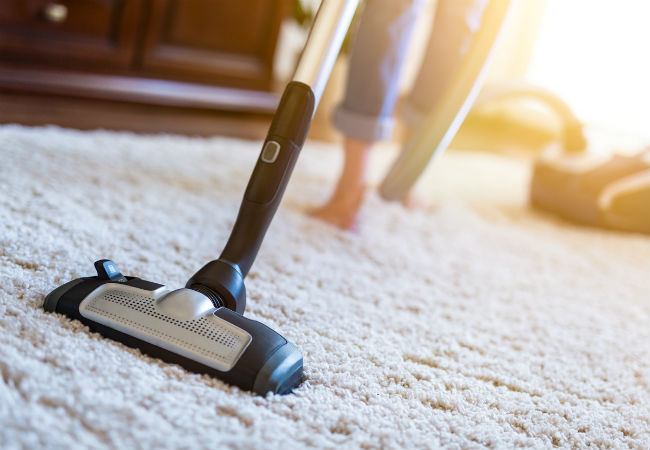
How to Remove Rust from Carpeting
THE FIX: Vinegar and salt
If your carpet was stained by rusty metal furnishings once dragged across its pile, try this simple trick before you go the route of a costly carpet tear-out and replacement.
- Saturate a clean, lint-free cloth in white vinegar and lightly wring it out until it no longer drips.
- Sprinkle a scant amount of table salt over the rust stain with salt and place the wet cloth over it.
- Let the cloth sit for half an hour—the abrasive properties of the salt and the acids in the vinegar will help draw out and dissolve the rust buildup and neutralize any unpleasant odors in the carpet.
- Remove the cloth and inspect the stain again. If it’s still visible, re-soak the cloth in the vinegar, lay it over the stain again, and give it another half hour.
- Once the carpet stain has faded, let the vinegar dry on its own.
- To finish the job, vacuum the spot a few hours later to pick up any lingering grains of salt and restore the fluffiness of the carpet fibers.
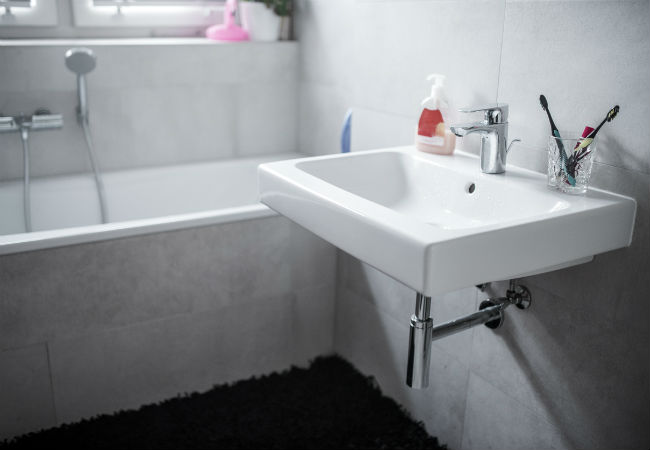
How to Remove Rust from Ceramic or Porcelain
THE FIX: Hydrogen peroxide
Have you ever picked up a canister of shaving cream from the edge of a tub or sink one day to find a reddish-orange ring left behind in its place? A salve for everyday cuts and scrapes, hydrogen peroxide can also cure ceramic or porcelain tubs, showers, and sinks of these stubborn rust stains and those commonly left behind by dissolved iron in water—all thanks to the stain-lifting and brightening power of its oxygen component.
- Mix up a paste consisting of one part 3 percent hydrogen peroxide and two parts cream of tartar.
- Apply it with a soft sponge to the offending stain.
- Let the paste dwell on the ceramic or porcelain surface for one or two hours.
- Scrub down the stain with a stiff-bristle brush.
- When the rust is gone, run water from a tub or faucet tap (or use a water-dampened cloth if no faucets are nearby) to rinse away the crustiness that’s left over.
How to Remove Rust from Stainless Steel
THE FIX: Baking soda
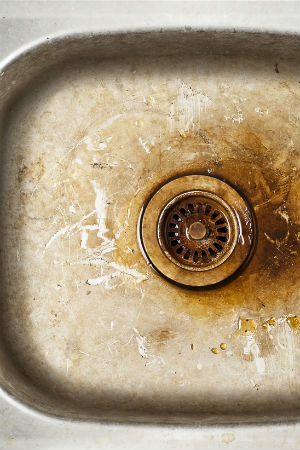
While the chromium oxide that coats stainless steel sinks and countertops makes them more resilient to rust than traditional steel, that coating is not foolproof. It can degrade with time, after which rust stains can crop up on stainless steel just like on ordinary steel. Fortunately, a dash of baking soda can remove rust stains small and large from stainless steel; its mildly abrasive properties and alkaline pH allow it to lift stains and neutralize any acids on the steel surface that may worsen the rusting.
To banish small rust stains on stainless steel, use a soft clean cloth to work a baking soda paste—one tablespoon baking soda and two cups of water—onto the stained area of the steel in the direction of the steel grain (horizontal or vertical). Then, wipe away the paste with a water-dampened paper towel.
To remove rust stains that are on the larger side, sprinkle a layer of baking soda over the stained area and let it dwell for 30 minutes to an hour. Then you can gently scrub the soda into the stain with a soft-bristle scrub brush (again, go with the direction of the grain). Wipe down the soda-laden area with a water-dampened paper towel, follow up with a dry paper towel, and watch your stainless steel sparkle!
How to Remove Rust from Concrete
THE FIX: Trisodium phosphate (TSP)
Corroded garage door parts, rust patches on vehicles, and iron deposits in pipes or wells that supply water to lawn sprinklers are common culprits behind rust stains that appear on your garage floors, driveways, and other concrete surfaces. You’ll typically need to bring in an industrial-strength degreaser known as trisodium phosphate (TSP) to give them the heave-ho, as rust stains on concrete tend to be larger and cause more severe discoloration.
- Donning protective gloves and glasses, mix one-half cup of TSP with a half-gallon of hot water in a large bucket.
- Pour enough of the mixture onto the concrete to cover the stain.
- Let the solution dwell for 15 to 20 minutes.
- Scrub down the concrete with a push broom (a broom with a handle attached at an angle) featuring stiff bristles.
- Rinse the solution away with plain water from a pressure washer, and you should see that your concrete has reclaimed its original hue.
